
- Take off
- The X-47B was commissioned by the US navy to demonstrate the ability of autonomous unmanned aircraft to take-off and land from air craft carriers. (Copyright: Northrop Grumman)
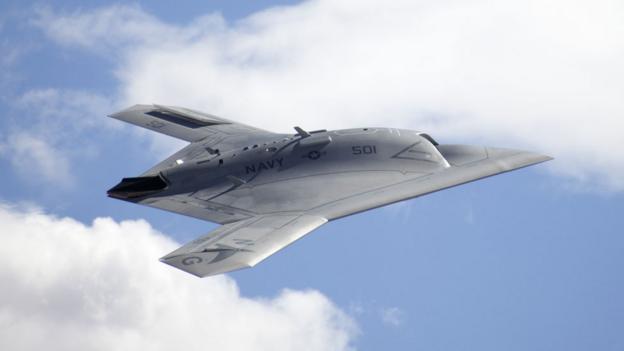
- Watching, waiting
- The craft is designed to provide reconnaissance and strike capabilities, although the prototypes that are currently being flown carry no weapons. (Copyright: Northrop Grumman)
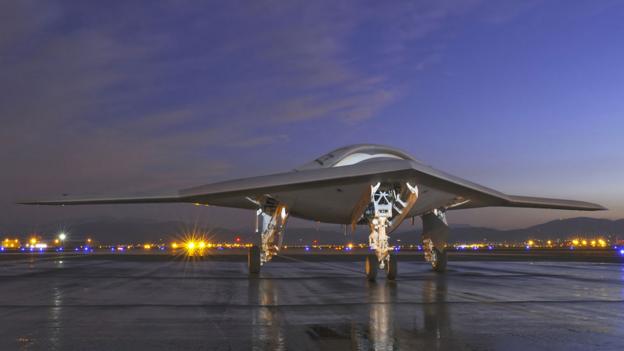
- Decision maker
- Unlike many drones which are flown remotely by pilots with joysticks, the intelligent X-47B is predominantly controlled by ‘mouse clicks’ and code. (Copyright: Northrop Grumman)
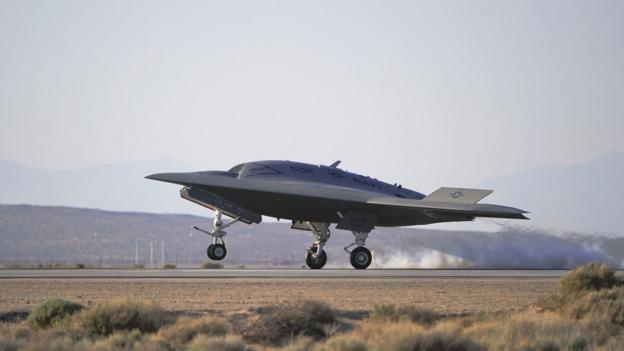
- Maiden voyage
- The aircraft, which is designed by defence firm Northrop Grumman, flew for the first time on 4 February 2011 at Edwards Air Force Base in California. (Copyright: US Air Force)
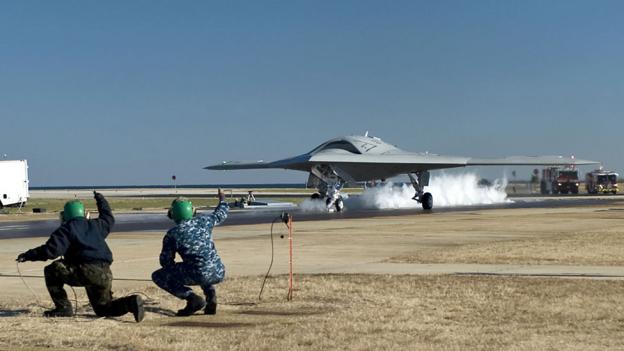
- Pushing forward
- The flight tests included so-called “assisted take-offs” using a catapult system similar to those used onboard aircraft carriers. (Copyright: US Navy)
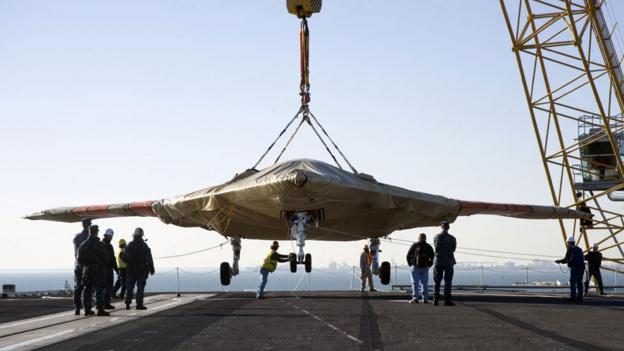
- On the edge
- The plane is currently undergoing tests onboard the aircraft carrier USS Harry S Truman, including manoeuvring it around the confined deck space. (Copyright: US Navy)

- Brain patterns
- In addition, its designers need to ensure that its complex electronics are not affected by the swathes of radar and sensors onboard a ship. (Copyright: US Navy)
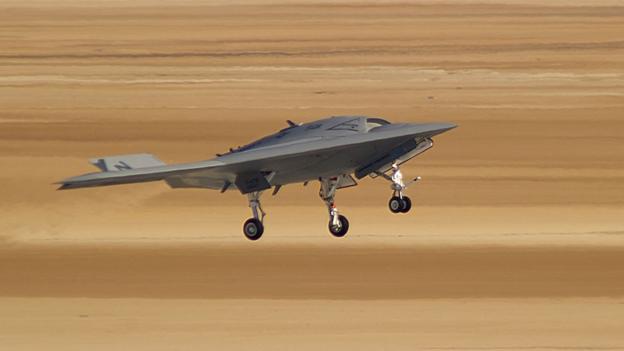
- First steps
- If all of the tests go well, the stealthy craft will not try an assisted take off from the deck in2013, although it will land on dry land. (Copyright: Northrop Grumman)

- Play catch
- It will then attempt an “arrested landing” later in the year, where it will be brought into land on the deck of the carrier. (Copyright: Northrop Grumman)
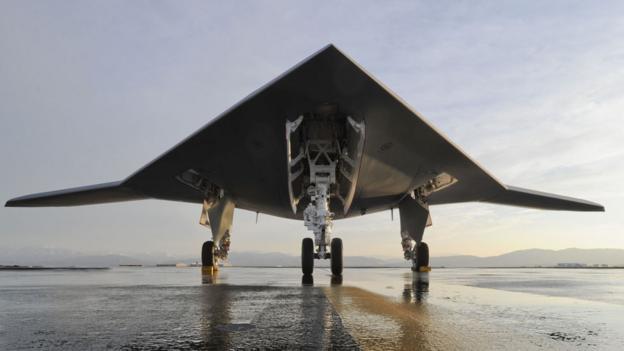
- Fuel stop
- The next crucial step is to show that it can refuel in midair, allowing the craft to stay airborne for more than its current limit fo six hours. (Copyright: Northrop Grumman)
The US Navy's cutting-edge robot fighter plane aims to be the first unmanned aerial vehicle to take-off and land at sea.
As a fighter plane prepares to take off from a naval carrier at sea, the pilot and deck crew go through a tightly choreographed series of hand signals to tell each other they are ready to launch. It ends with a final “salute” from the pilot to indicate that the aircraft is ready to be catapulted off the deck.












No comments:
Post a Comment